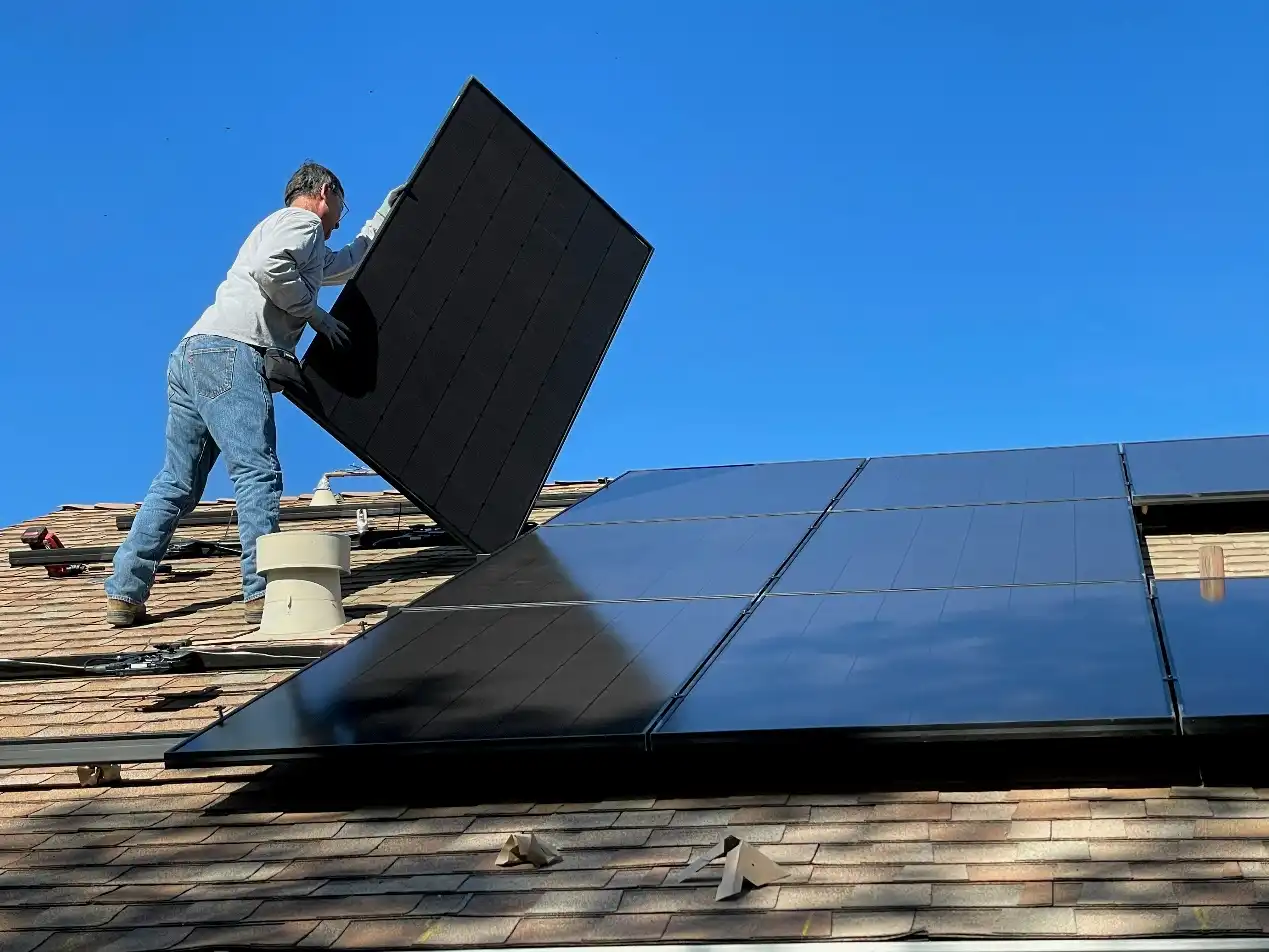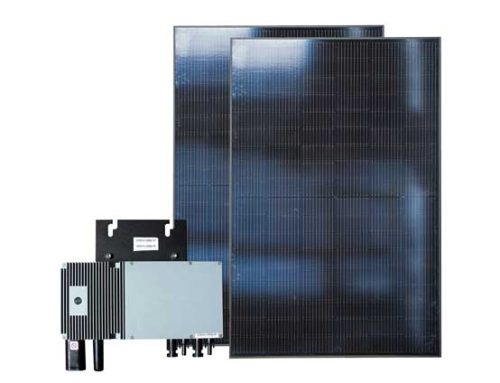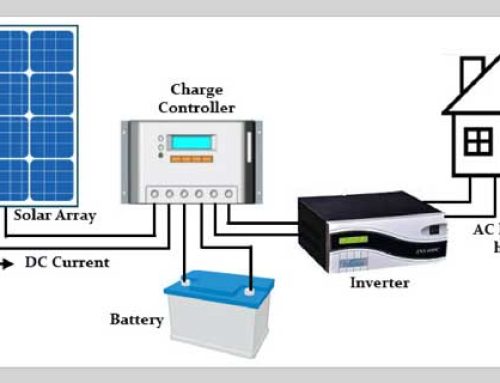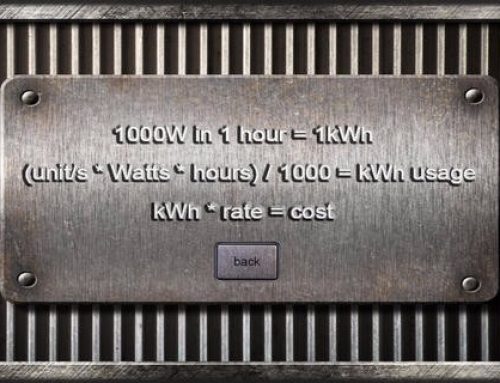How to Choose the Right Photovoltaic System for Your Home
In today’s era of continuous technological advancement and growing global awareness of environmental protection, solar energy, as a clean and renewable source of energy, has become the preferred choice for an increasing number of households and businesses. It harnesses the endless energy of the sun through advanced photovoltaic (PV) panels to convert sunlight into electrical energy. This process is not only environmentally friendly but also sustainable. Solar energy can effectively reduce the carbon footprint of individuals and businesses, and in the long term, alleviate the burden of electricity bills, making it an extremely attractive investment option.
For a standard photovoltaic solar system, it mainly consists of solar panels, an inverter, and, when necessary, a storage battery. The primary role of solar panels is to generate electricity, while the inverter converts the generated direct current (DC) into alternating current (AC), which is suitable for household and commercial use. With the addition of batteries, the system can store excess electricity for future needs, which not only further improves the energy efficiency of the solar system but also enhances the stability of the power supply.
When choosing the scale of the solar system that suits your needs, it is essential first to understand your current energy consumption situation in-depth. It is recommended to review your electricity bills over the past year to calculate the average monthly and annual energy consumption. By analyzing your energy usage patterns in-depth, you will be able to more accurately determine the scale of the solar system that suits you, aiming to reduce or completely eliminate dependence on the grid. At the same time, don’t forget to consider the seasonal variations in energy demand, as energy usage tends to differ in hotter or colder months.
In the process of selecting the scale of the solar system, potential changes in future energy consumption are also a factor that cannot be ignored. The use of energy-saving appliances, expansion of the home, and an increase in the number of family members are all factors that may affect your future energy needs, thereby affecting the ability of the selected solar system to meet these needs. To ensure that your solar investment maintains its value in the long term, it is crucial to plan ahead for these potential changes.
Taking a household with an annual electricity demand of 10,000 kWh as an example, and considering the high solar irradiance in some regions such as South Africa, a photovoltaic system installed under ideal conditions has an annual power generation efficiency of about 1500 to 1800 KWh/KW. Based on a conservative estimate of an annual power generation of 1500 KWh per kilowatt, we can calculate the required photovoltaic system capacity. The calculation is as follows:
Required PV system capacity (KW) = Annual power demand (KWh) / Annual generation (KWh/KW) = 10000 / 1500 = approximately 6.67KW
However, considering the potential increase in future energy demand or the possible unexpected decrease in system power generation capacity, it is recommended to install a system with a slightly larger capacity. If we reserve about 20% of additional capacity to cope with these potential situations, we can calculate the recommended system capacity:
Recommended PV system capacity = 6.67 * (1 + 20%) = approximately 8KW
In this way, we can not only ensure that the solar system meets current needs but also prepare for future changes, ensuring the long-term value of the investment.




